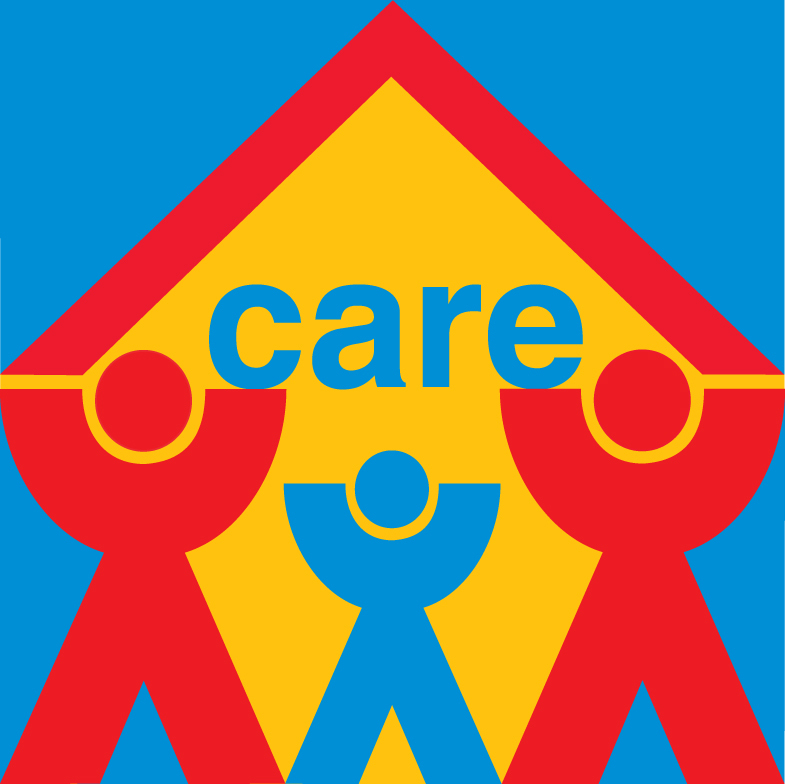Guest blogger Justin Havre. Justin is a Calgary native and owner of Justin Havre & Associates. He believes the existence of affordable housing can benefit everyone in a community, and that new methods of provide housing should be explored whenever possible.
There is a growing body of research that shows a relationship between affordable housing and improved health outcomes. Children are more likely to meet developmental milestones and adults may have fewer serious health issues with the additional resources available when receiving a housing voucher to a high-quality affordable housing unit. More needs to be done to promote the health of occupants and provide opportunities as such individuals can then break the cycle of poverty. However, affordable housing can provide the means to reduce the mental and physical issues which can hinder productivity and social cohesion.
Affordable housing and health
When it comes to a family’s limited resources, affordable housing can make more funds available to purchase nutritious foods and take care of necessary medical needs. Many individuals spend a significant amount of their income to pay for housing. Immediate housing needs take priority over healthier food options and hospital visits in families. Low-income households often have less than half of their income left to spend on health care, food and additional expenses.
There is a direct correlation of increased food insecurity rates in households with children with statewide average rents in one study. In addition, poorer health outcomes for those with disabilities, chronic illnesses and in senior populations are seen in those without affordable housing. Those with hypertension, diabetes and HIV/AIDS are better able to maintain necessary treatment regimes when living in affordable housing.
Those families that are putting off necessary medical care or eating less expensive and generally highly-processed food products may have a harder time managing physical and mental health issues. Such families may develop increased rates of obesity and have difficulty in the management of diabetes, heart disease and other conditions often directly impacted by food choices. Cases of food insecurity can make it hard for children to get the nutritious food necessary for optimal physical and mental development. Children in households receiving household subsidies have a higher probability of meeting “well child” criteria as they have access to nutritious food.
A “well child” maintains a healthy weight, has good or excellent health and has no developmental concerns. Low-income adults are also impacted by unaffordable housing and/or limited mortgage financing options. Adults that are burdened by housing costs have a decreased likelihood of adhering to suggested health care treatments and failing to fill prescriptions. This relationship is also seen with adults who are going through a foreclosure. Many of these individuals may not be able to pay for or maintain health insurance coverage. This can make it difficult for adults and children to get the nutrition need to stay healthy or continue on health regimens, protocols and prescribed medication that may improve their health and overall quality of life.
Increased residential stability through affordable housing can make for healthier families. There are a range of adverse health effects related to residential instability. According to studies, there is a higher probability for mental health issues, poor cognitive outcomes, developmental delays and depression in children who are homeless compared with those with stable housing. Stable housing also appears to improve mental health outcomes in individuals who were formerly homeless.
Affordable housing and communities
Healthier communities are possible for those living in affordable housing. There are fewer mental and behavioral issues in seniors and adolescents with a long tenure in a residential building. There are lower levels of depression in adults and fewer issues with aggression and anxiety among teens. Seniors and adolescents in affordable communities may have an easier time creating bonds and acting in socially acceptable ways in communities where housing is stable and affordable. Mental well-being is seen in those neighborhoods with strong social cohesion. Such residents are often less anxious and depressed and have better physical health. Neighborhood quality is a determining factor that can promote social interactions.
However, not all affordable housing may provide benefits. One must consider the quality of housing itself. Well-maintained and well-constructed housing is needed to support the health of occupants. Substandard housing can increase the risk of accidental injury, asthma and lead poisoning in residents. Code enforcement, window guards and smoke detectors may serve to improve occupant health.
Affordable housing which serves residents benefits them when occupants can access the amenities found in neighborhoods of opportunity. Residents need to live in safe neighborhoods and those that do may be more likely to walk and be physically active. According to research, participants living in low-poverty areas using housing vouchers showed positive results, such as an 11 percent drop in adult obesity, reductions in mental health issues in teen girls and adult women, and lower rates of marijuana and smoking use.
Why affordable housing is important?
People of all ages can experience improved mental and physical help with high-quality affordable housing that provides opportunities for safe, social interaction and access to useful amenities. Affordable housing can allow individuals to experience fewer health issues, as well as foster stronger communities.
Ehrlo Housing operates as part of Ranch Ehrlo Society’s community services and its mandate is to provide affordable housing to low-income families, single mothers, individuals with chronic mental health conditions, and young people transitioning from care.


